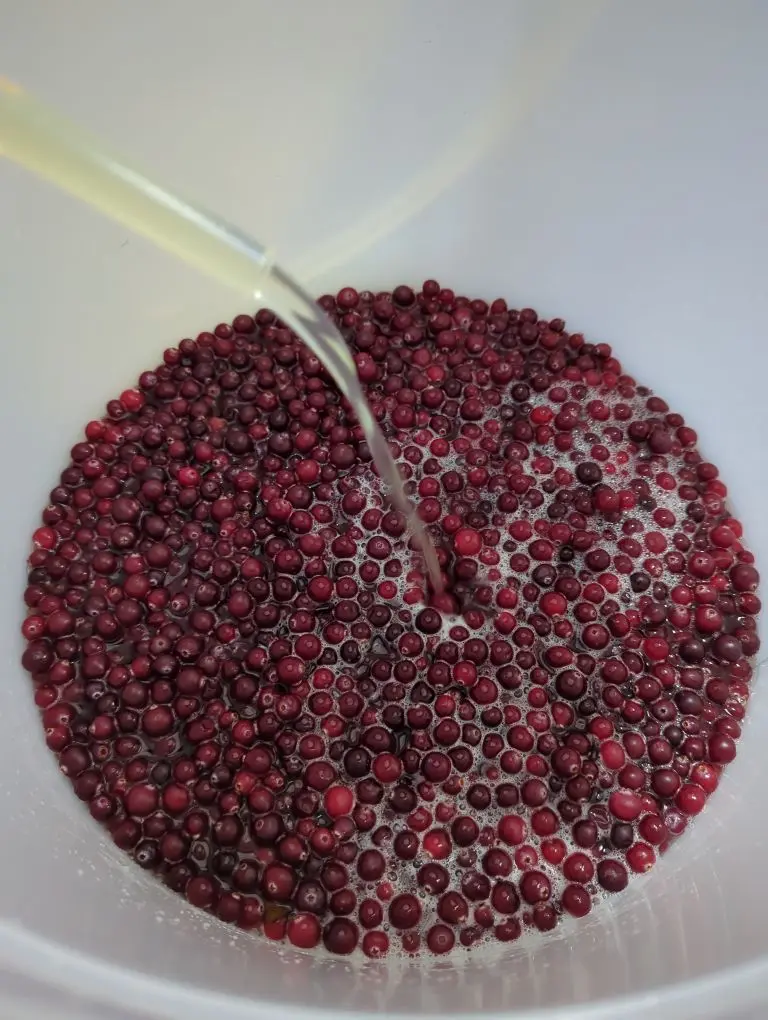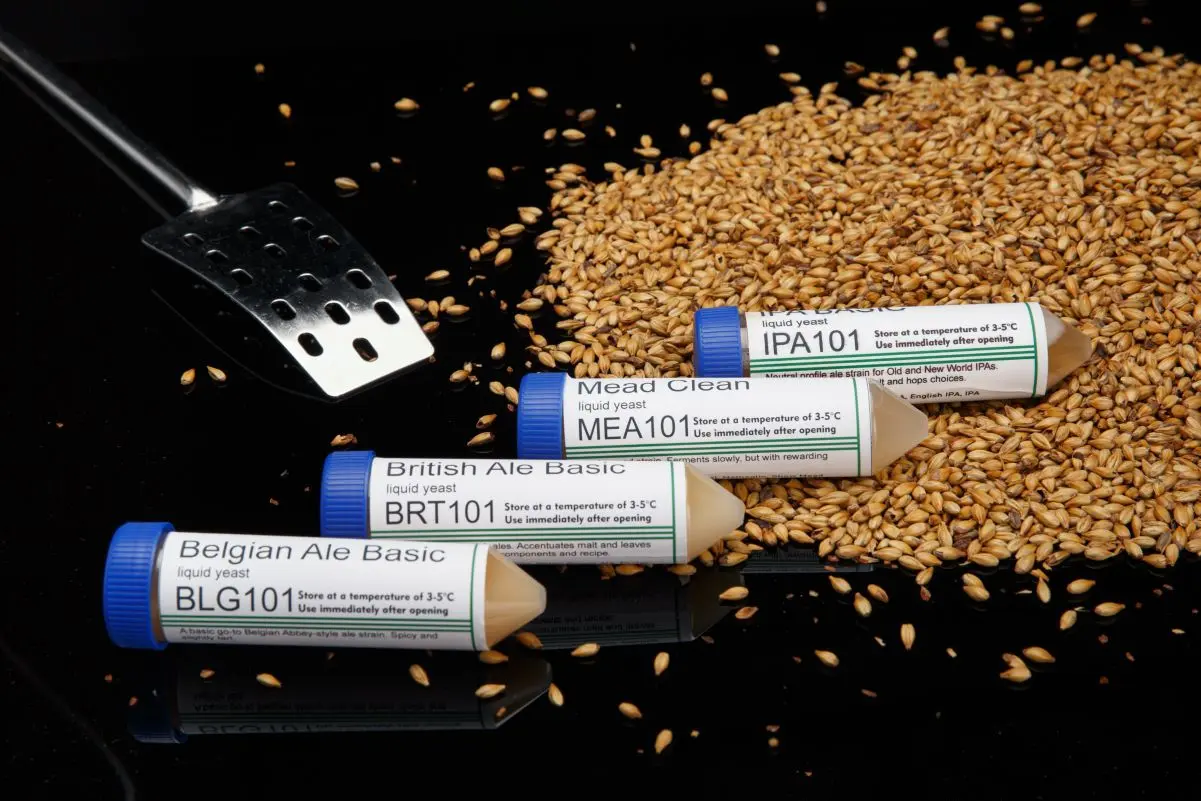Nah, top left is totally one of them hardcore STEM ladies from Uruguay
alzymologist
There is nothing subjective here, it's knowledge of biochemistry and manufacturers use of good practices. Of cousre, this is impossible on large scale production, yet you could be sure that your local milk providers milk will just become something else upon curdling, and your local butchery vacuum sealed bags are as clean from pathogens as their line and are good far beyond expiration date, but will change. And that things were stored correctly and are not blooming with thermophiles inside. I do not mean nutritional content, I only address industrial labeling and its purpose. And things that could not possibly be regulated, and have to rely on community (in many forms, from "lets love each other" to "I will break your face if you burn me, pal"). Eating expired stuff is an act of trust, whether it is trust to chance and supernatural, or trust of community that builds cultural value, is a whole different question.
Then you can always inoculate food yourself before expiration, but then it counts as cooking I guess.
long low narrow planter along the front
had this balcony setup just on the sea coast in Finland, not much benefit. In the end, terrace shelves against the wall and planters on the floor are different only in aesthetics. Just had a lot of plants and birds - make sure you have some attractors to those (scatter some food, leave nest building material, place a cat behind the window to be mocked) - still lost plants quite often to elements and larvae.
A fellow beekeeper!
Bochet
TIL proper name for that thing when someone new to the art is being told to "boil your honey really well or mead will spoil"!
How are things done there on the other side of the world? Do you move your bees to fields with these flowers, or is it just arbitrary seasonal labeling that does not really mean you are really collecting that flower dominantly?
Would you want to try my bee sensors that listen to the bees every hour?
We've got tired of just fermenting standard wort with different yeast strains for comparison, and we are starting full-sized batches of proper styled beer split and inoculated with very similar yet distinct yeast from the same class. The first in line are Belgian wits. Weather permitting it'll be outdoor brews! Hopefully this would be fun experience, will try to post inspirational results here.
And spruce tips are coming soon as well, but not yet. There is ground elder everywhere, but I'm reluctant to give it a try in brewing, need to learn to ferment it with lactic first and see if it is any good to my taste.
Yesterday we've tasted small batches of... some weird yeast caught in some local beer in UK bar, it certainly looks right under microscope, counts to proper population with more or less typical dynamics... and then fails to change the gravity, yet produces quite distinct flavor. 1040 OG beer starters end up too sweet and disgusting, of course, so we've tried instead kombucha-style mix of pale wort and tea, to 1010 OG, sterile, of course. The gravity did not change again, but the flavor! It was not quite like kombucha, but along the lines, and definitely the tea flavor was more distinct that in reference non-inoculated sample, that tasted disgustingly sweet and stale. And somehow this "monoculture combucha" hits in the head. What a weird mutant. Something to research now. Maybe we have a 0% beer magic in our hands?


I got this vibe from fridge. One of the reasons I often put some frozen hornets in those, no packaging. Deters people from doing stupid things.